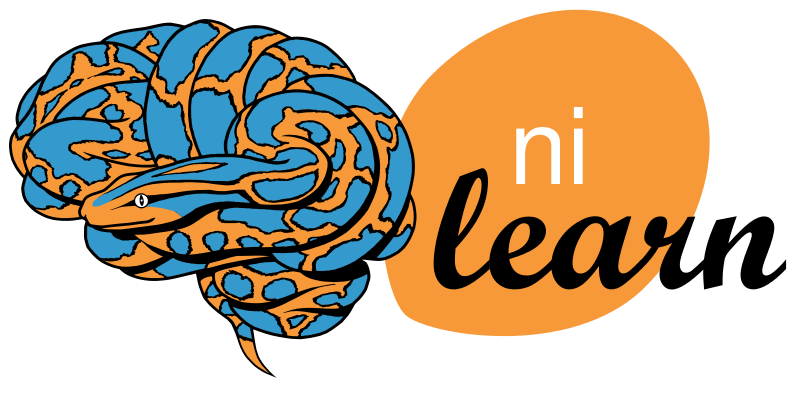Note
This page is a reference documentation. It only explains the function signature, and not how to use it. Please refer to the user guide for the big picture.
6.1.17. nilearn.datasets.fetch_oasis_vbm¶
-
nilearn.datasets.fetch_oasis_vbm(n_subjects=None, dartel_version=True, data_dir=None, url=None, resume=True, verbose=1)¶ Download and load Oasis “cross-sectional MRI” dataset (416 subjects).
Parameters: n_subjects: int, optional :
The number of subjects to load. If None is given, all the subjects are used.
dartel_version: boolean, :
Whether or not to use data normalized with DARTEL instead of standard SPM8 normalization.
data_dir: string, optional :
Path of the data directory. Used to force data storage in a specified location. Default: None
url: string, optional :
Override download URL. Used for test only (or if you setup a mirror of the data).
resume: bool, optional :
If true, try resuming download if possible
verbose: int, optional :
verbosity level (0 means no message).
Returns: data: Bunch :
Dictionary-like object, the interest attributes are : ‘gray_matter_maps’: string list
Paths to nifti gray matter density probability maps
- ‘white_matter_maps’ string list
Paths to nifti white matter density probability maps
- ‘ext_vars’: np.recarray
Data from the .csv file with information about selected subjects
- ‘data_usage_agreement’: string
Path to the .txt file containing the data usage agreement.
Notes
In the DARTEL version, original Oasis data [1] have been preprocessed with the following steps:
- Dimension swapping (technically required for subsequent steps)
- Brain Extraction
- Segmentation with SPM8
- Normalization using DARTEL algorithm
- Modulation
- Replacement of NaN values with 0 in gray/white matter density maps.
- Resampling to reduce shape and make it correspond to the shape of the non-DARTEL data (fetched with dartel_version=False).
- Replacement of values < 1e-4 with zeros to reduce the file size.
- In the non-DARTEL version, the following steps have been performed instead:
- Dimension swapping (technically required for subsequent steps)
- Brain Extraction
- Segmentation and normalization to a template with SPM8
- Modulation
- Replacement of NaN values with 0 in gray/white matter density maps.
An archive containing the gray and white matter density probability maps for the 416 available subjects is provided. Gross outliers are removed and filtered by this data fetcher (DARTEL: 13 outliers; non-DARTEL: 1 outlier) Externals variates (age, gender, estimated intracranial volume, years of education, socioeconomic status, dementia score) are provided in a CSV file that is a copy of the original Oasis CSV file. The current downloader loads the CSV file and keeps only the lines corresponding to the subjects that are actually demanded.
The Open Access Structural Imaging Series (OASIS) is a project dedicated to making brain imaging data openly available to the public. Using data available through the OASIS project requires agreeing with the Data Usage Agreement that can be found at http://www.oasis-brains.org/app/template/UsageAgreement.vm
References
[1] http://www.oasis-brains.org/
- [2] Open Access Series of Imaging Studies (OASIS): Cross-sectional MRI
- Data in Young, Middle Aged, Nondemented, and Demented Older Adults. Marcus, D. S and al., 2007, Journal of Cognitive Neuroscience.
